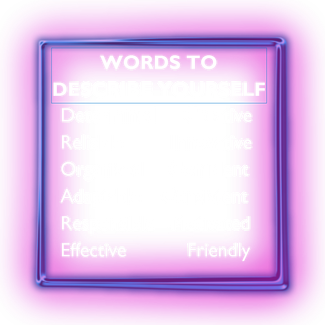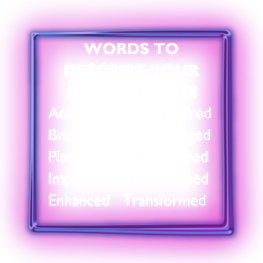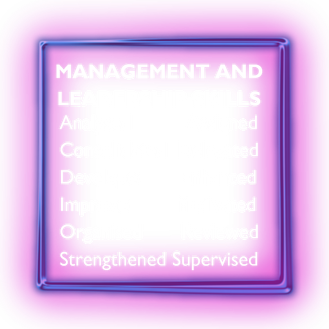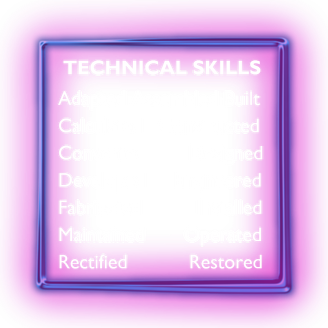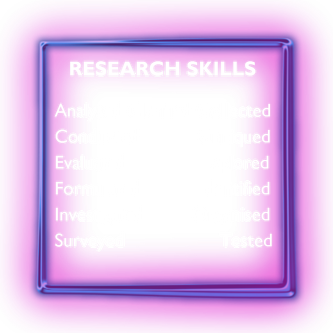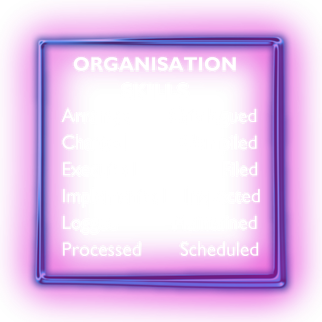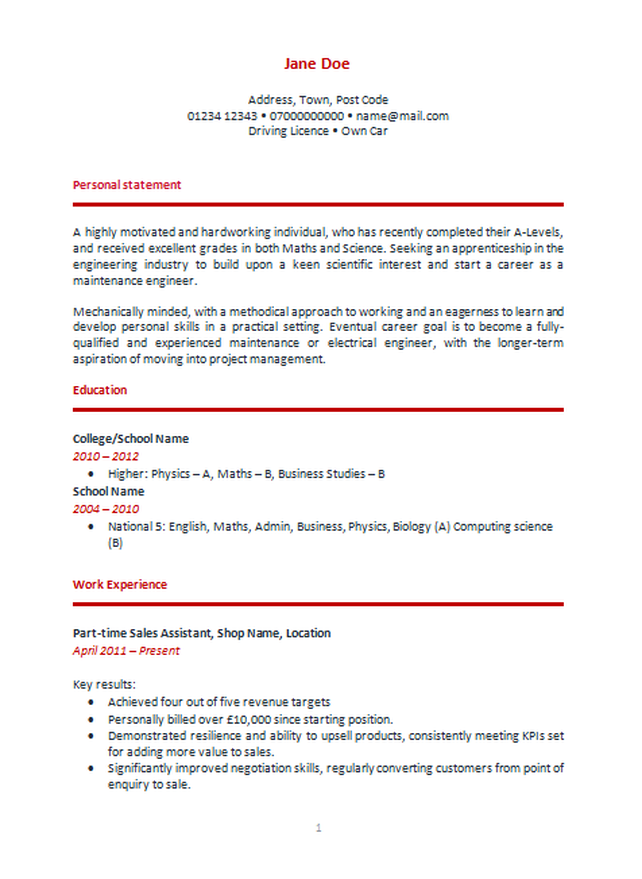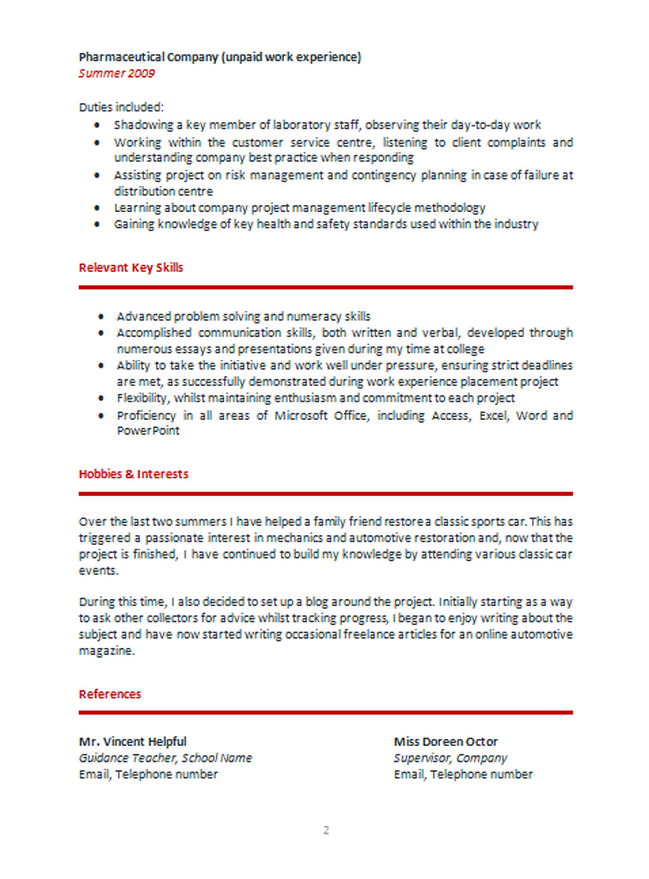Writing a CV: The Steps to success
|
What is a CV?
CV stands for Curriculum Vitae which means 'course of life' and is a summary of your education history, skills and experience. How long should it be? Typically, a CV should be no longer than two sides of A4. You want to make an impact so your CV should be punchy and powerful, which means there is no room for long-winded paragraphs! Remember, you don't have to write in full sentences - but it has to be legible and make sense. |
CV SECTION GUIDELINE
1. Personal DetailsYou must include your name, your address and contact details which include your personal number and email address.
It is also beneficial to include if you have a driver's licence and your own means of transport. TOP TIP: Make sure your email address is professional and appropriate for business! 3. Education HistoryIn this section you must let the employer know what qualifications and/or training you have gained, starting with the most recent. You must provide the following details: the name of the school/college you attended, the qualification level and the grade you received (if applicable).
5. Relevant Key SkillsIn this section, it is crucial that you market yourself as an asset to the company you are applying to. You must show off your best skills and highlight the different ways in which you have applied them. It is important that you look at the job specification when writing this section - what skills are they looking for? Convince them that you are the ideal candidate!
TOP TIP: Always support your claims with examples. Remember to keep this section in brief bullet points! |
2. Personal StatementUse this section to market yourself to the employer. Tell them about your recent activities (e.g. exam results) and talk about your career goal and your skills and qualities.
TOP TIP: Use the job specification as a reference point when writing this section so you can identify key skills they are looking for! 4. Work ExperienceIn this section, you must outline all your previous work experience including volunteer work. The crucial element of this section is that you detail your duties and responsibilities and then describe the skills you developed and how you applied them.
6. Interests and Personal AchievementsUse this section to highlight your proudest achievements in extra curricular areas such as theatre, art, sport etc. Avoid being too vague or simplistic; remember that you are applying for a job and want them to like you. Use this section to show off your personality!
TOP TIP: Include activities that highlight your social and personable skills which are relevant to the job you are applying for. |
7. ReferencesYou must include at least two references who are reliable and easy to contact. It is a good idea to ask your supervisor you have worked / volunteered for or your guidance teacher to be a reference because they know you from a personal, educational and employability stand-point.
TOP TIP: Always notify your references before sending your CV so that they are prepared when the employer contacts them. |
Useful Word Banks
Employers will receive hundreds of CVs from hopeful applicants so it is important that yours stands out against the rest. A good way to do this is to have a good writing style. Saying that you "work well in a team" and have a "good work ethic" is not enough - employers hear this all the time. Instead, focus on describing your skills with examples. Spice up your CV vocabulary using the word banks below.
TOP TIPS
Tailor your cv for your employerAlthough your CV will always have the same general information such as contact details, education history and work experience, your CV must be specific and relevant to each organisation you apply to. Always keep a standard template of your CV and then amend it accordingly when applying to different organisations.
Always proof read your cvAfter you have completed your application, it is vital that you proof read it for grammatical errors, spelling mistakes and repetition - you don't want to bore your potential employer with repeating phrases. It can be hard to spot errors if you've looked at it for a long time so get a friend or family member to proof read it for you.
|
CV Example
My World of Work
|
My World of Work is a useful website designed to help young people apply for jobs by equipping them with the necessary tools. Create an account and begin building your CV! The site goes through each section with you and everything you type up will be saved so you can go back to edit it.
The site is a fantastic resource so be sure to use it! |









